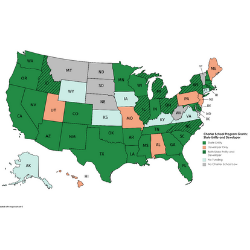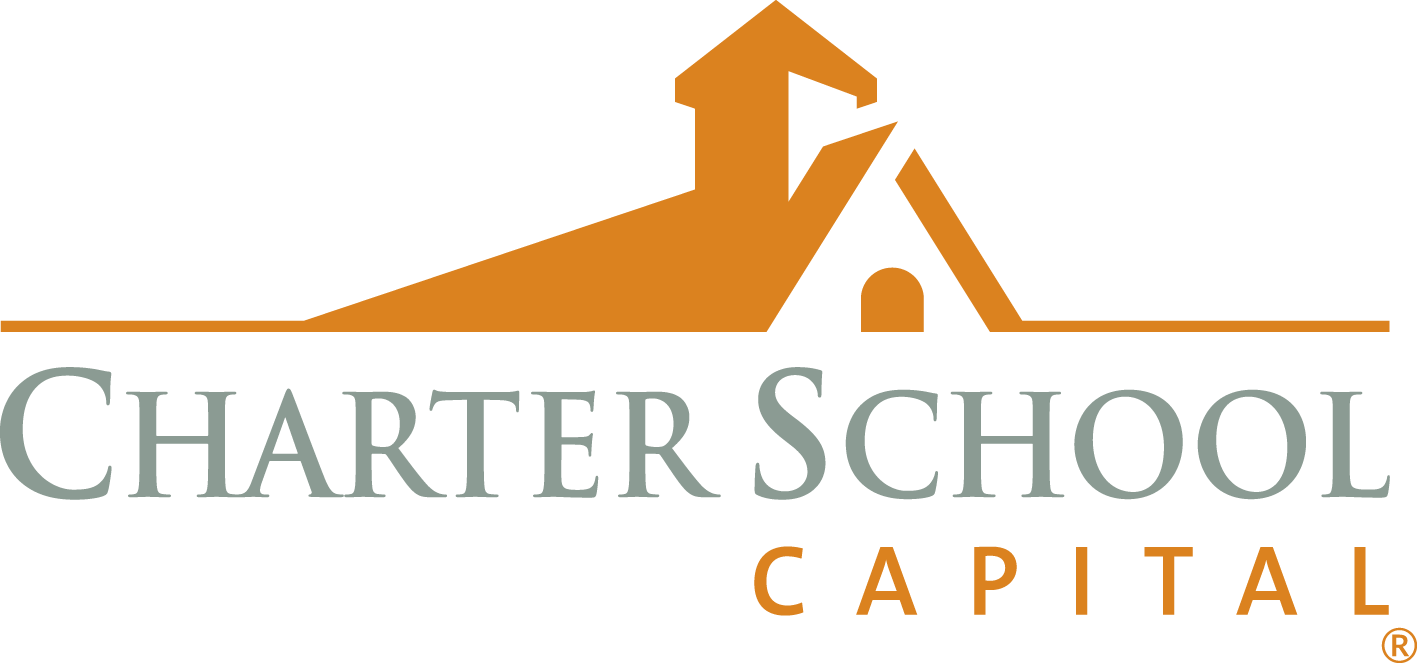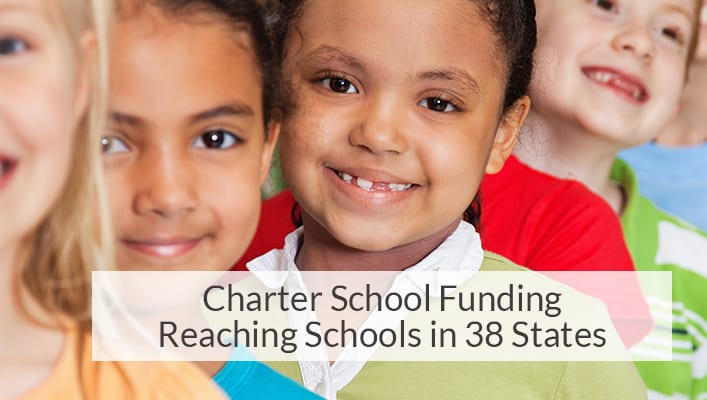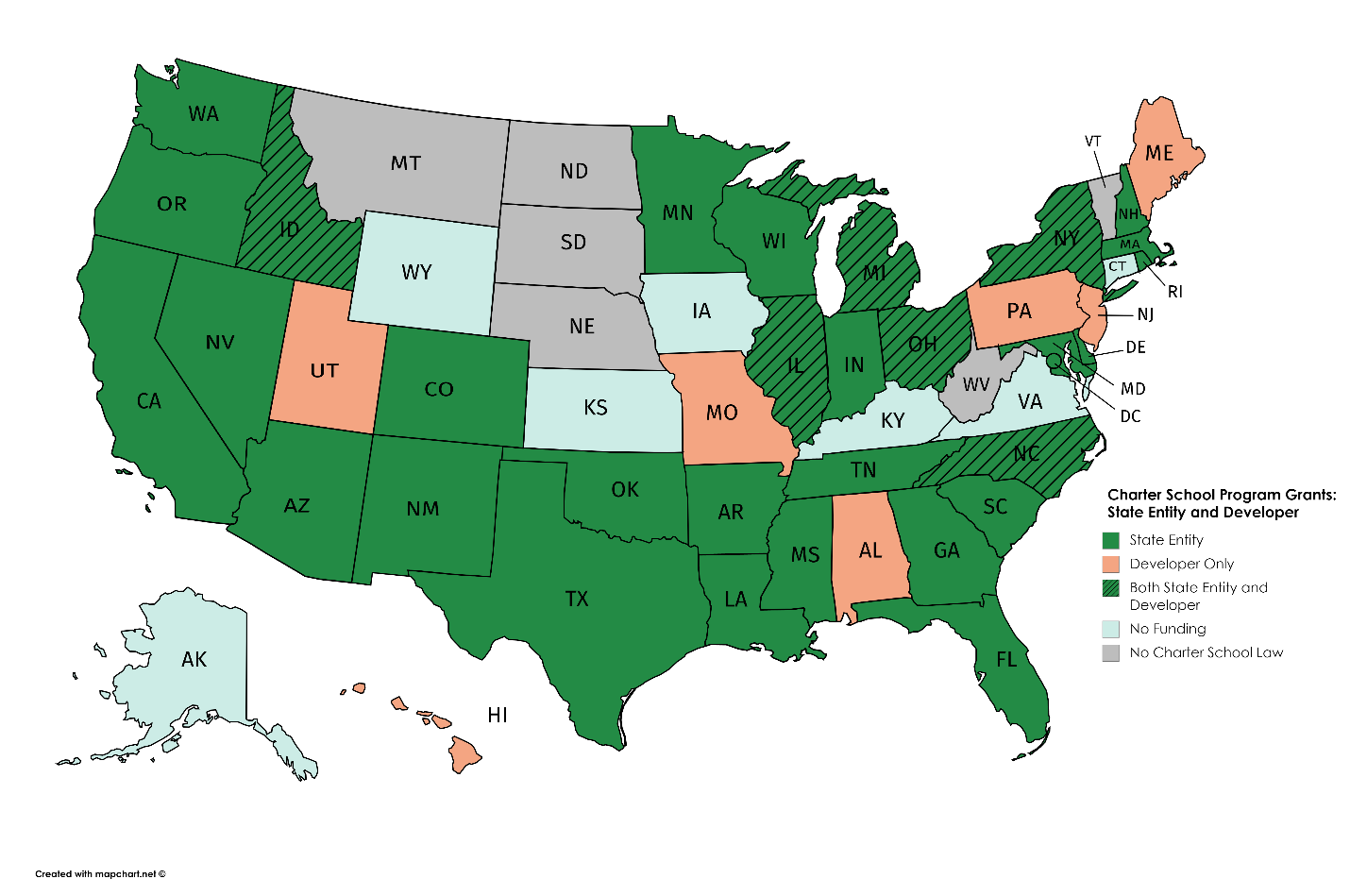Charter School Funding Reaching Schools in 38 States
Editor’s Note: This post on charter school funding originally ran here, on November 6, 2018. It was written by Christy Wolfe, a Senior Policy Advisor for the National Alliance for Public Charter Schools (NAPCS)and was published by The National Alliance for Public Charter Schools. We are always inspired by the outstanding content disseminated by the NAPCS and are proud to share their valuable information.
We think it’s vital to keep tabs on the pulse of all things related to charter schools, including informational resources, and how to support charter school growth and the advancement of the charter school movement as a whole. We hope you find this—and any other article we curate—both interesting and valuable.
FY 2018 PROGRAM UPDATE: CHARTER SCHOOLS PROGRAM FUNDS REACHING SCHOOLS IN 38 STATES
In September, the U.S. Department of Education (ED) awarded grants in four of the six Charter Schools Programs (CSP): State Entities, Developers, Credit Enhancement, and Dissemination.

Congress appropriated a total of $400 million for these awards for FY 2018, including funds for active awards previously awarded. Due to increased funding in recent years, more states than ever have access to start-up funding—31 states have State Entity grants and charter schools in an additional seven states were successful in receiving Developer grants. Many states are also seeing charter school growth through grants to Charter Management Organizations for the Replication and Expansion of High-Quality Charter Schools, but awards were not made for that program during FY 2018.
This year, the program awards are a bit more complicated because, for the first time, two competitions were run under the new requirements in the Every Student Succeeds Act (ESSA). Let’s take a closer look at where the money went:
State Entity Grants: Funds to Open Charter Schools and Build Statewide Sector Quality
The State Entity grant program plays a key role in not only awarding subgrants to schools, but also providing funding for technical assistance and strengthening the quality of authorizers in a state.
- Eight states received awards: Arkansas, Arizona, Colorado, Delaware, Idaho, Michigan, North Carolina, New York.
- Five states were not successful: Alabama, D.C., Guam, New Hampshire, Puerto Rico.
- Two Charter Support Organizations (CSOs) were funded: The new changes in ESSA unlocked CSP funding for non-state educational agency applicants, including CSOs. This year, two funded applicants from Arkansas and Idaho were CSOs.
At the close of this competition, 31 states (including D.C.) have a current CSP grant in their state (14 states with charter school laws are unfunded). Next year, nine states will likely have expired grants, which leaves a potential (although unlikely) pool of 24 applicants. If Guam and Puerto Rico are included, there will be 26 potential applicants.
Charter School Developer Grants: The Safety Net Program
This is the first year the competition has been run since the passage of ESSA. What is new is that there were two sub-competitions: one for replication/expansion grants, and the other for new charter school operators. There were 22 replication/expansion awards and 10 single site applicants. This year there were 32 funded applicants for a total of $30.2 million.
Ideally, this program would be obsolete. It is a safety for charter schools that wish to open in states that do not have a state entity program. If there was enough funding – and state capacity – for every state with a charter school law to have funding, new charter schools could simply apply to their state. Instead, after obtaining their charter contract, schools need to jump through the hoops required by federal grants to access funding. So, until every state has adequate funding for start-ups in their state, this program will continue to play a key role in advancing charter school growth.
BUT—you may have noticed that some developer grants went to states that also got a state-entity award (Idaho, Illinois, Michigan, North Carolina, and New York). The reason for this is, in part, because ED ran the State Entity and Developer competitions at the same time this year, so Developer applicants didn’t know if their state would receive a State Entity grant prior to applying. ED did not deem those applicants ineligible even when their state ended up receiving a State Entity grant. In addition, some developers were awarded a grant for replication and expansion because their state didn’t have a State Entity grant that permits them to make such awards, such as Ohio (NCLB-era grants don’t permit such awards unless a state has an approved waiver).
Of states that don’t have a CSP State Entity grant, seven have schools that received Developer grants: Alabama, Hawaii, Maine, Missouri, New Jersey, Pennsylvania, and Utah have charter schools that received Developer grants. Eight states with charter school laws have neither State Entity nor Developer grants (not including Guam and Puerto Rico).
Current Charter Schools Program Grants: State Entity and Developer Grants
Credit Enhancement: Reducing Facility Costs for Charter Schools
The Credit Enhancement program awards grants to organizations to “enhance” charter school credit so that they can access private-sector and other non-Federal capital in order to acquire, construct, and renovate facilities at a more reasonable cost. This year early $40 million was awarded to four entities.
This is a significant decrease from the $56.2 million in awards for 2017. More funds were awarded last year, in part, due to the large pool of high-quality applicants and the needs of the sector. This year, appropriators restricted ED’s flexibility to fund additional applicants, so they were limited to $40 million. Unlike the other CSP programs, Credit Enhancement funds are a one-time allocation so there aren’t any continuation awards—the amount appropriated is the amount that goes out the door.
Dissemination: Advancing Accountability and Facilities Access
Like the Developer program, this was the first competition year for the new National Dissemination program under ESSA. Previously, this program was known as the National Activities program and had a somewhat broader focus. Under ESSA, the program is focused on the dissemination and development of best practices. This year, 8 grants were awarded to organizations and charter school operators for a total of $16.2 million over the grant period. There were two “buckets” of funding to which applicants could apply: charter school authorizing and charter school facilities. For FY 2019, we anticipate that ED will propose new priorities for this program.
The National Alliance is pleased to be a recipient of a Dissemination grant to establish the National Charter Schools Facilities Center to develop and disseminate best practices and reduce the burden of obtaining and financing charter school facilities.
Grants to Charter Management Organizations for the Replication and Expansion of High- Quality Charter Schools: A Delayed Competition
ED did not run a competition for the CMO Replication and Expansion program because the agency is required to propose and take public comments on new program rules under ESSA. Comments for the new competition closed on August of 2018 and the competition will open later this year or in early 2019. Congress knew that ED would need extra time, so FY2018 funds for this program didn’t expire on September 30—ED has until March 2019 to make awards. ED’s “forecast” indicates that the competition for this program will be announced in late November 2018 and applications will be due around the start of the New Year. $120 million is available, and a little more than half of that amount will likely be available for new awards.
 At Charter School Capital, our dedicated team of finance professionals works with you to determine funding and facilities options based on your school’s needs. If you are trying to meet operational expenses, expand, acquire or renovate your school building, add an athletic department, enhance school safety/security, or buy new technology, complete the online application below and we’ll contact you to set up a meeting.
At Charter School Capital, our dedicated team of finance professionals works with you to determine funding and facilities options based on your school’s needs. If you are trying to meet operational expenses, expand, acquire or renovate your school building, add an athletic department, enhance school safety/security, or buy new technology, complete the online application below and we’ll contact you to set up a meeting.
nbsp;

